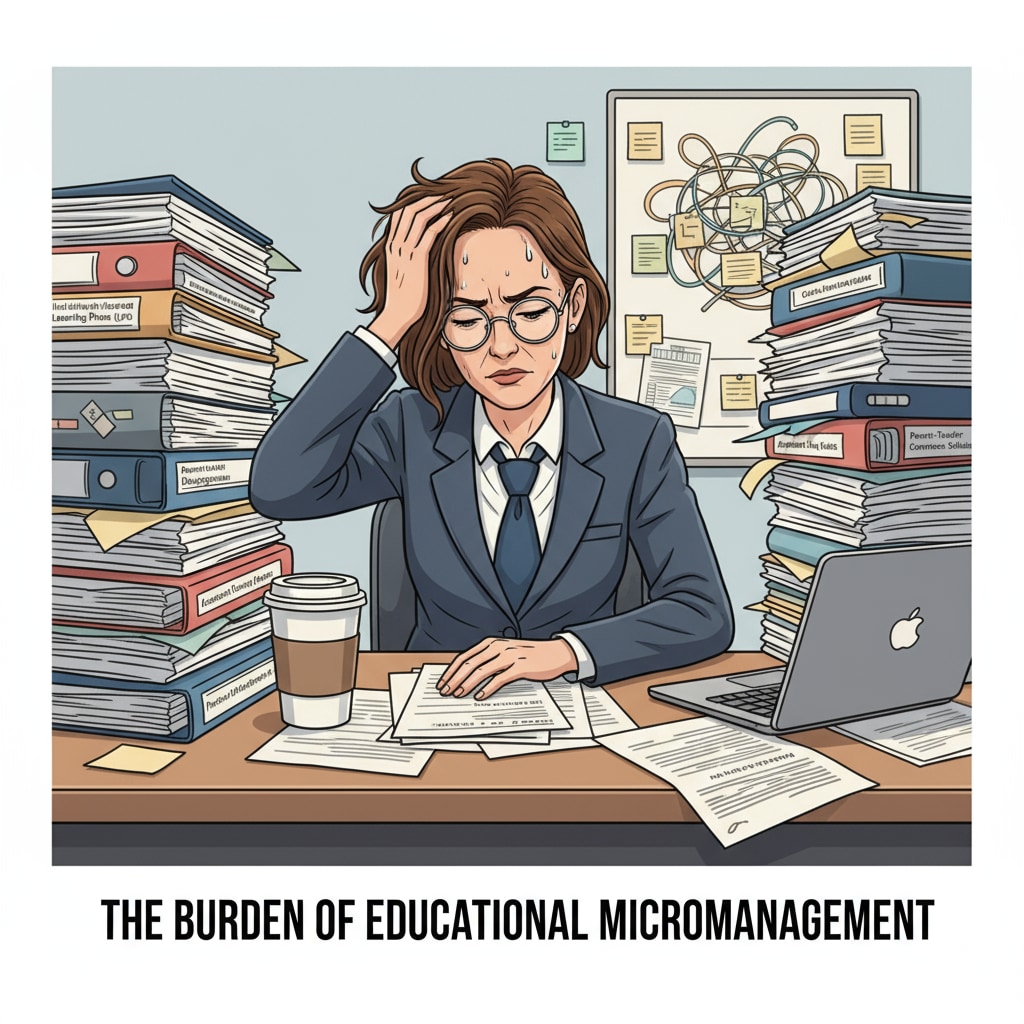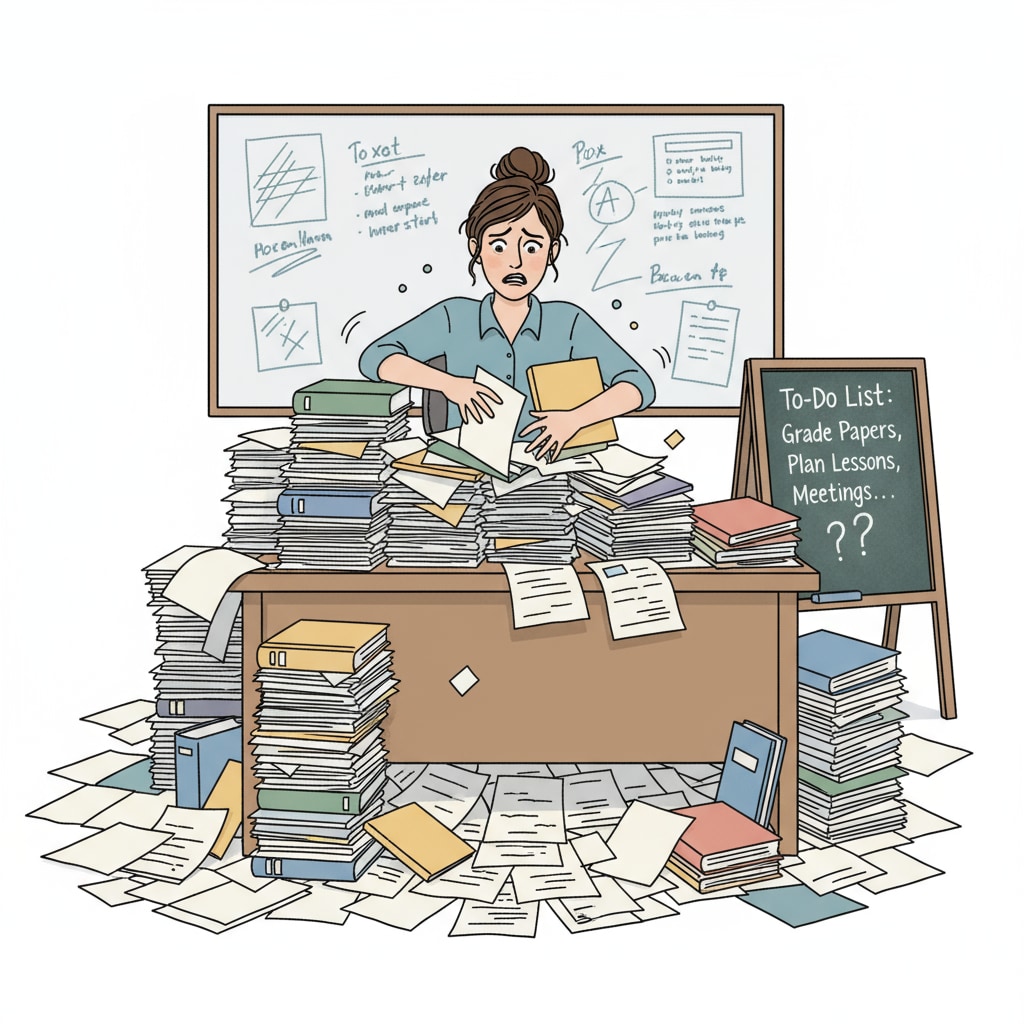In the realm of K12 education, micro – management, teaching documentation, and teaching autonomy are crucial aspects that significantly influence the teaching and learning process. Teachers often find themselves in a “transparent cage” of excessive micro – management, which brings numerous pressures and challenges. This article aims to explore these issues and find possible ways out.
The Burden of Micro – management in K12 Education
Micro – management in K12 education refers to the overly detailed and intrusive control over teachers’ work. School administrators often set minute rules and regulations, dictating every aspect of teaching, from lesson plans to classroom management. For example, teachers may be required to follow a specific teaching sequence, leaving little room for their own creativity. This not only limits their professional growth but also increases their stress levels. Education management on Wikipedia further elaborates on the different management styles in education.

The Straitjacket of Teaching Documentation
Teaching documentation is another area where micro – management takes its toll. Teachers are often inundated with the need to produce extensive documentation, such as detailed lesson plans, student progress reports, and assessment records. While some documentation is necessary for accountability, excessive requirements can be a hindrance. For instance, spending hours on paperwork leaves less time for actual teaching and interacting with students. According to Education on Britannica, the balance between documentation and teaching practice is a delicate one.

The combination of micro – management and excessive teaching documentation has a significant impact on teachers’ teaching autonomy. When teachers have to adhere to strict guidelines and spend so much time on paperwork, they have fewer opportunities to make independent decisions about their teaching methods, curriculum choices, and student engagement strategies.
Breaking Free: Restoring Teaching Autonomy
To address these issues, it is essential to restore teachers’ teaching autonomy. School administrators should trust teachers’ professional judgment and allow them more freedom in planning and delivering lessons. This could involve giving teachers more say in curriculum design and assessment methods. Additionally, reducing the amount of unnecessary teaching documentation can free up time for teachers to focus on what they do best – teaching and inspiring students.
In conclusion, the “transparent cage” of micro – management in K12 education needs to be broken. By recognizing the importance of teaching autonomy and streamlining teaching documentation, we can create a more positive and productive teaching environment for both teachers and students.
Readability guidance: In this article, we have used short paragraphs to make the content more accessible. Each H2 section presents key points in a clear manner. We have also controlled the use of passive语态 and long sentences, and incorporated transition words like “for example”, “additionally”, and “in conclusion” to enhance the flow of the article.


